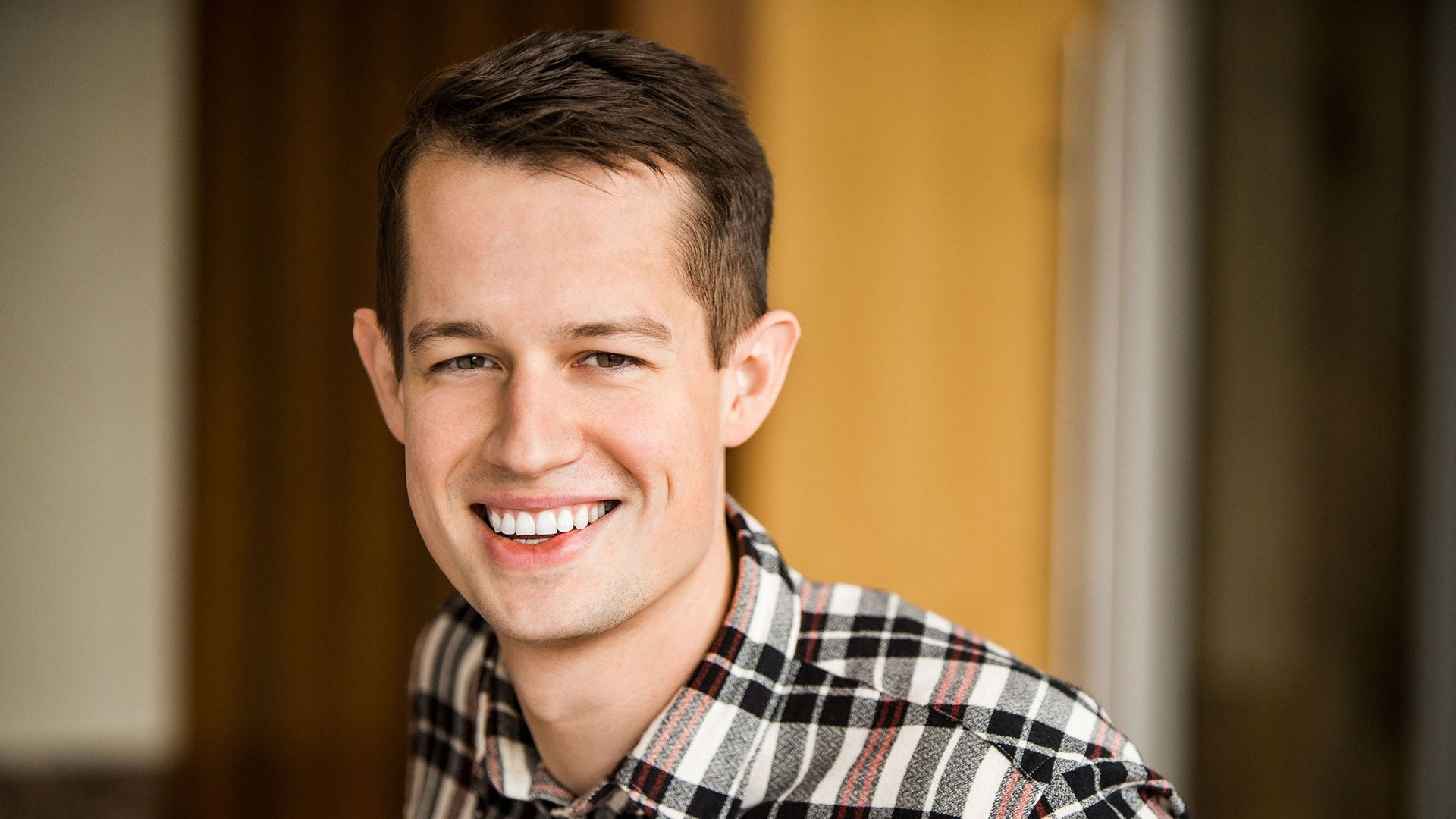Lightning round with Greylock’s new designer-in-residence
Bobby Goodlatte, the newest addition to the investment team at Silicon Valley venture capital firm Greylock Partners, is best known for being an early product designer at Facebook, playing a key role in user growth, chat, and photos. But over the last two and a half years, he’s been dabbling with angel investing, backing companies including Coinbase and FlightCar, and even the Samovar Tea Lounge in San Francisco.


Bobby Goodlatte, the newest addition to the investment team at Silicon Valley venture capital firm Greylock Partners, is best known for being an early product designer at Facebook, playing a key role in user growth, chat, and photos. But over the last two and a half years, he’s been dabbling with angel investing, backing companies including Coinbase and FlightCar, and even the Samovar Tea Lounge in San Francisco.
As the designer-in-residence at Greylock (the firm was an early investor in Airbnb, Dropbox, Facebook, and LinkedIn), he’ll be wearing two hats: one as an investor and another as a design adviser. About two weeks into the job, Goodlatte chatted with Quartz about what he’ll keep an eye on as an investor, along with lessons he learned from leading design at Facebook, and why the most important design projects are often the most boring. (This transcript has been edited for clarity and condensed.)
What does being a designer-in-residence at Greylock entail? And does it mean you’ll likely launch a company at the end of your residency?
This is a different take on one of those in-residence jobs. It’s really a hybrid investor-designer role where I’ll be actively working with the consumer investment team. When we make an investment in a company, I’ll jump right in and work with the entrepreneur. These roles are somewhat temporary. It’s not a 10-year job. It’s maybe a two-year job. The expectation at the end of two years is maybe I do start a company, jump into a company I’m working with, or continue investing. I don’t know yet.
Have there been any themes among your angel investments, and what do you think you’ll focus on at Greylock?
I think unlike a lot of other investors, I didn’t have a thesis or specific vertical that I chased [as an angel investor]. It really often is about the product and founder. There are certain areas I’m personally excited about. I’m specifically very excited about bitcoin. I’m also very interested in [virtual reality].
What are some core design lessons you learned from your time at Facebook?
The user growth team had this idea we called the a-ha moment. A lot of the stuff we worked on at Facebook was the initial 15 minutes of signing up for the site, how to onboard users, how to get someone to be a highly engaged user. We did a ton of user testing and brought in a lot of users. I watched someone struggle with the process and get every error you can think of. She got to this screen where she saw a grid of faces, and you can see her lean in and her eyes just light up. We saw a certain point where the value of that product was clearly communicated. In Facebook’s case, it was when we showed a grid of friends—here are people you might know. We decided, let’s really try to make all that [onboarding] stuff happen after that—the a-ha moment, or magic moment, or whatever you want to call it.
Would you consider the onboarding process one of the most important things for startups to focus on?
Definitely. I see this as a recurring theme with a lot of startups I work with. You want to work on the exciting parts of the app. You want to work on what you do best, what you’re building, but there are a lot of things that aren’t exciting that you need to work on—really boring stuff like nailing down text-message confirmation flow. This stuff, no one gets excited about, but it’s so essential. A lot of the stuff I worked on early at Facebook was not the most glamorous, but had the most impact when I look back on it.
What should designers know about designing for wearables?
I think a lot of the same principles apply. Look carefully at the setup process. A lot of times, there’s a complicated pairing process and an engineer will tell you why that’s the way it is. Sometimes that’s the case, but sometimes, it’s important to focus on an easy out-of-the-box experience. A lot of these principles are elementary, but applying them is the challenging part.